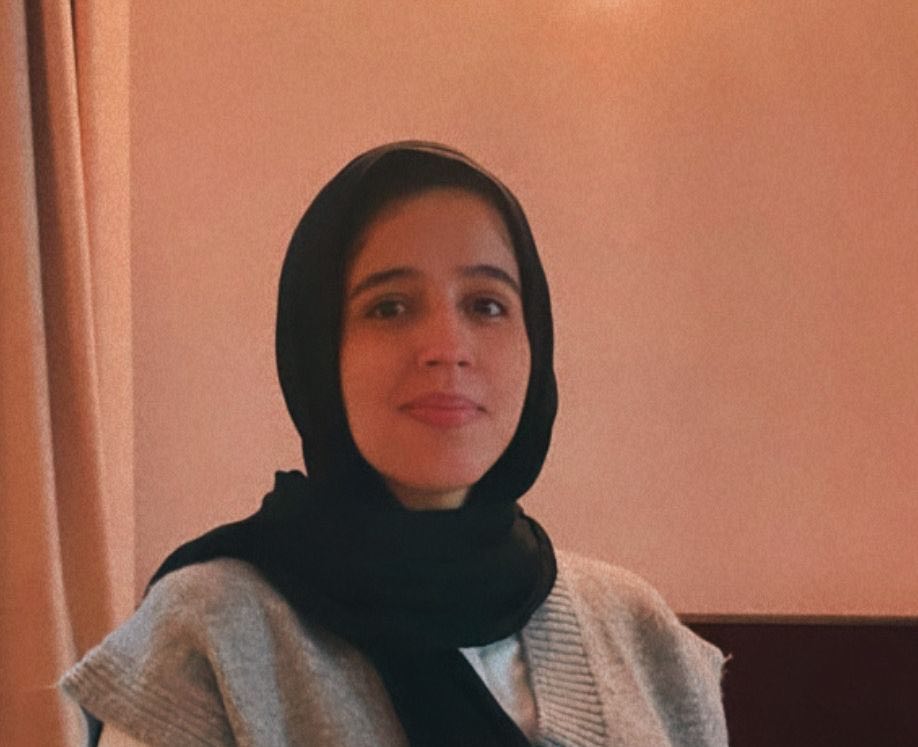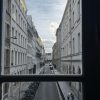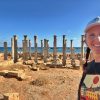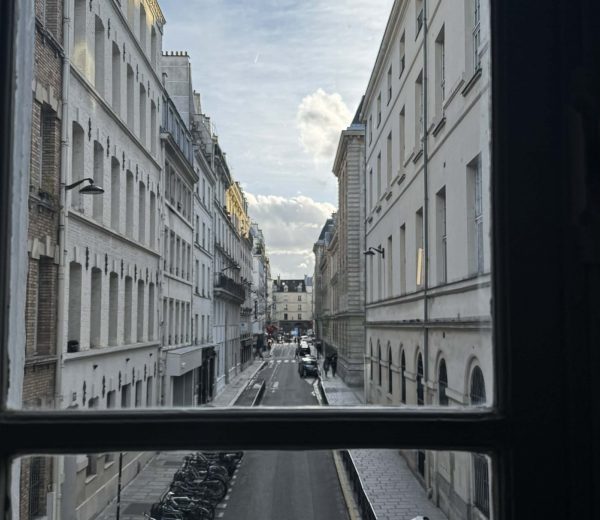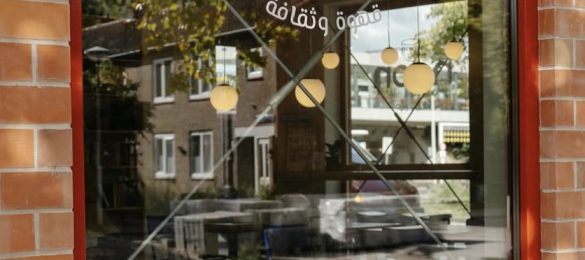
Hasan Dhaimish, known as Al-Satour, was a Libyan-born artist who lived in Britain since the 1970s. Born in Benghazi in 1955, his father, Sheikh Mahmoud Dhaimish, was the imam and preacher of the King Idris Mosque in Tobruk. Al-Satour’s upbringing and experiences in Libya inspired many of his artworks, where he aimed to reflect the beauty of Libya’s landscape and community through vibrant, colorful strokes. He also managed to comment on social and political challenges through his satirical artwork.
In my early twenties, specifically between 2014 and 2018, I observed and appreciated Al-Satour’s locally produced artwork. Libya’s culture and traditions inspired many of his artworks. In this article, I share his story through an interview with his son, Sherif Dhaimish, with whom I had the pleasure of speaking and learning about Al-Satour’s inspiring artistic career.
Dreams Overseas
Al-Satour left Libya for the United Kingdom in 1975 and worked there in many professions to secure a living until he began publishing his caricatures in Libyan opposition newspapers and magazines such as Al-Jihad, Voice of Libya, and Martyrs of Libya, which were then published in the UK and USA. However, he did not officially join any political organization and decided to remain an independent thinker who did not affiliate with a particular ideology or party.
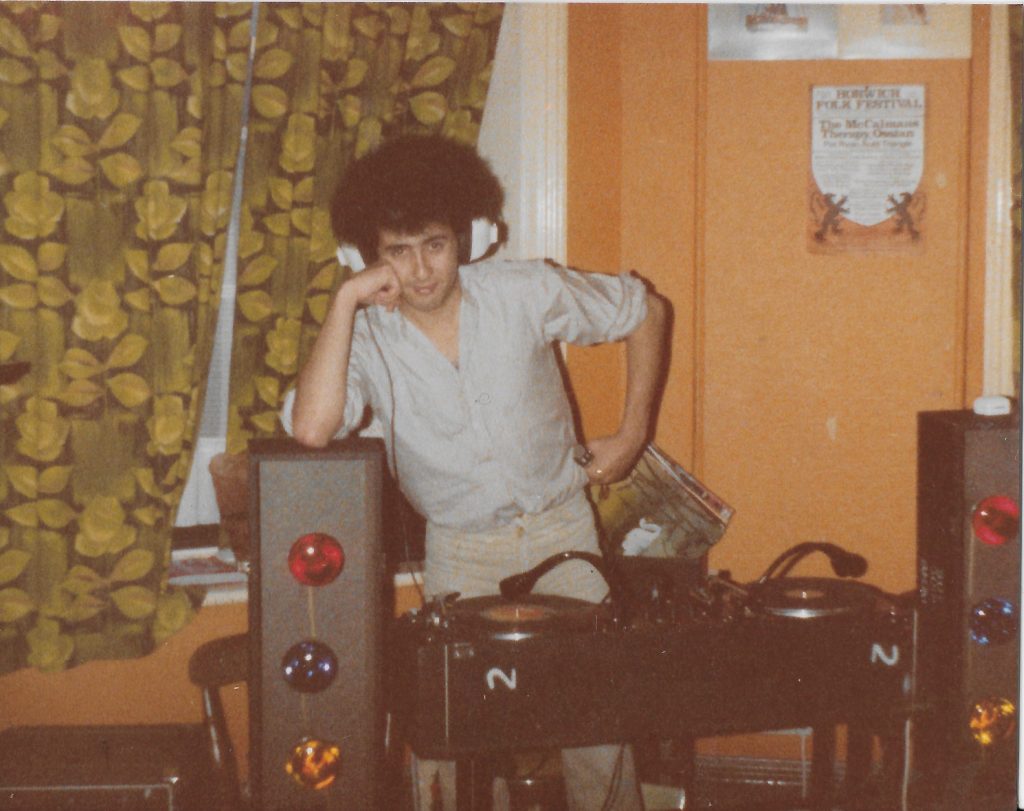
According to his son Sherif, Al-Satour’s departure from Libya was not a romanticized version as the media claimed it to be. For young Hasan, leaving Libya happened naturally; he left in search of a bigger world rather than political reasons and ended up settling in the north of England, first in Bradford and then in Burnley. At that time, many South Asian migrants settled around that area for work in the declining textile industry.
In Reality,
He wanted to leave and explore the world. He looked beyond the sea to see more. However, close people back home advised him to stay in the UK due to political complications in Libya during the period he left. Still, he wasn’t initially pursued for political reasons, but the rising totalitarianism in Libya prevented him from returning and spurred him on to become more politically active.
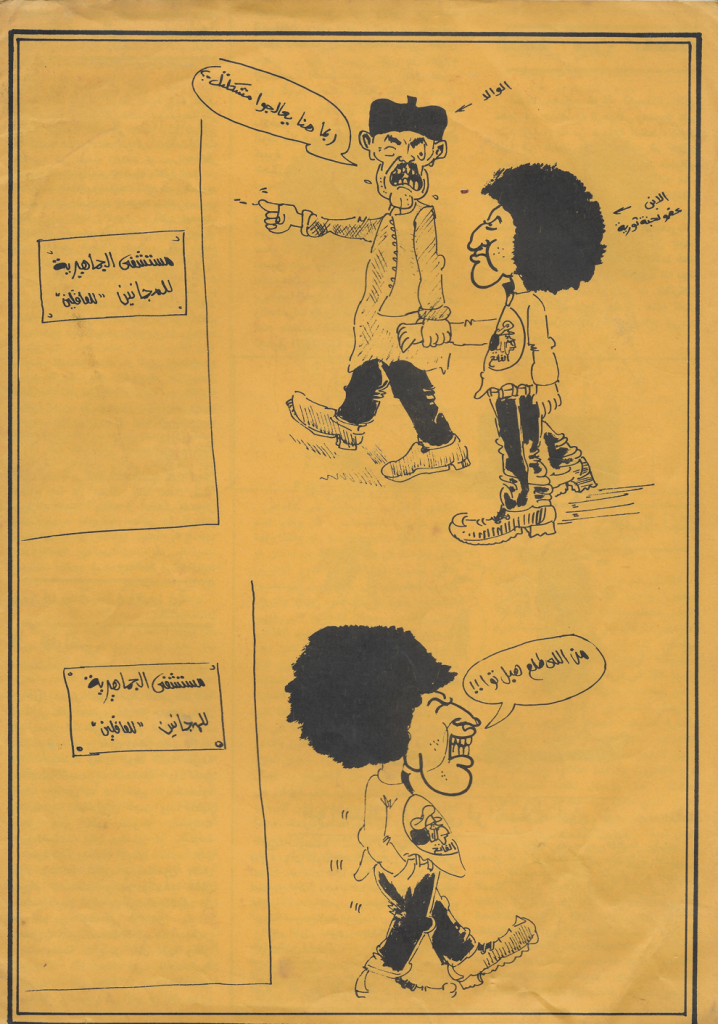
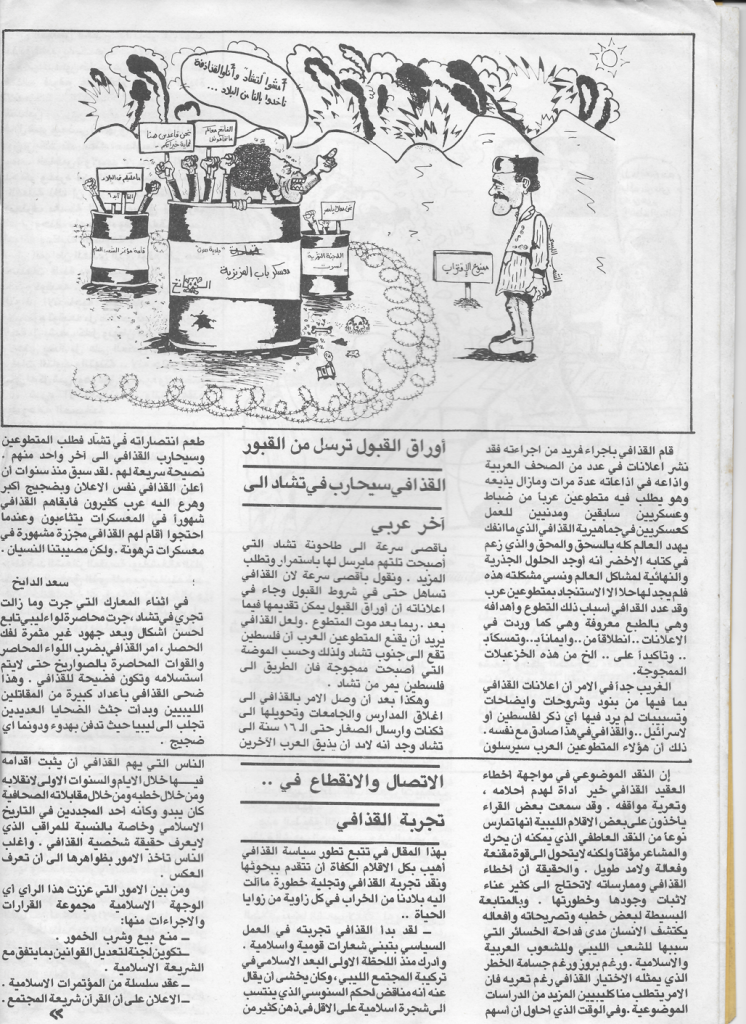
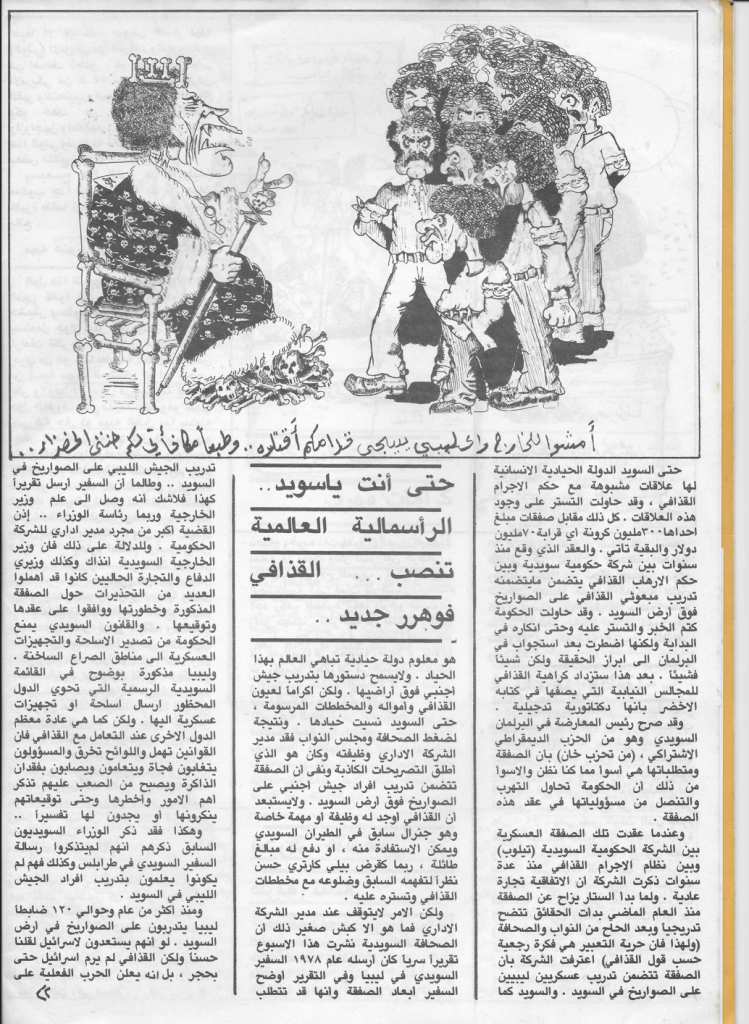
Leaving Libya shaped Al-Satour’s creative output. Growing up in Libya, cartoons were an early artistic inspiration for him. He enjoyed drawing cartoon caricatures of family members and reading comics with his father. According to Sherif, his father felt a sense of waiting or being on hold during his time in the UK, as he expected to return once the regime ended. So by the time Al-Satour started a family in England, satire had become his way of producing artwork – his satirical line of work was how he expressed his identity.
Developing an Armour Through Al-Satour
In the 1990s, Al-Satour embraced a new opportunity to learn about art in-depth through academic pursuits. It was liberating for him to not only draw cartoons but also go beyond that medium. Developing and learning new artistic methodologies and concepts became his life’s focus. His son heard stories about Libya directly from his father. Moreover, jazz music played an essential role in Al-Satour’s life, and its influence can be seen in many of his artworks.
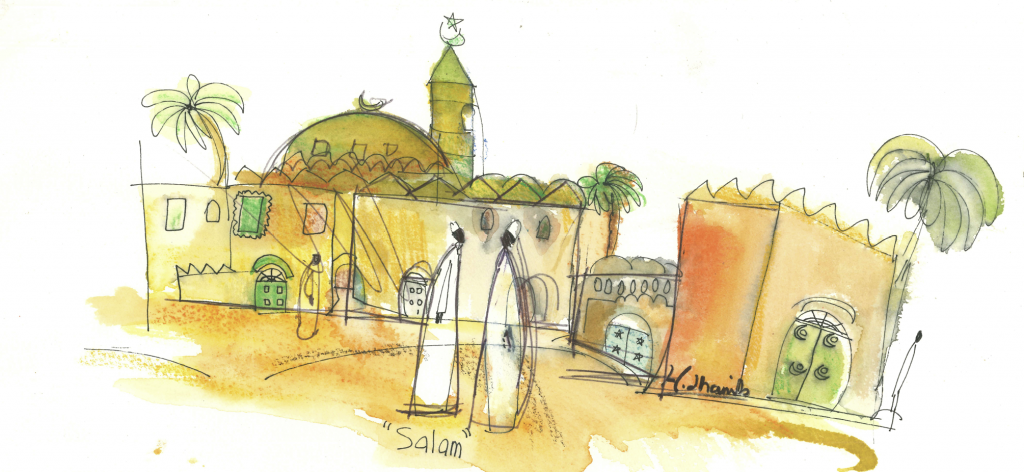
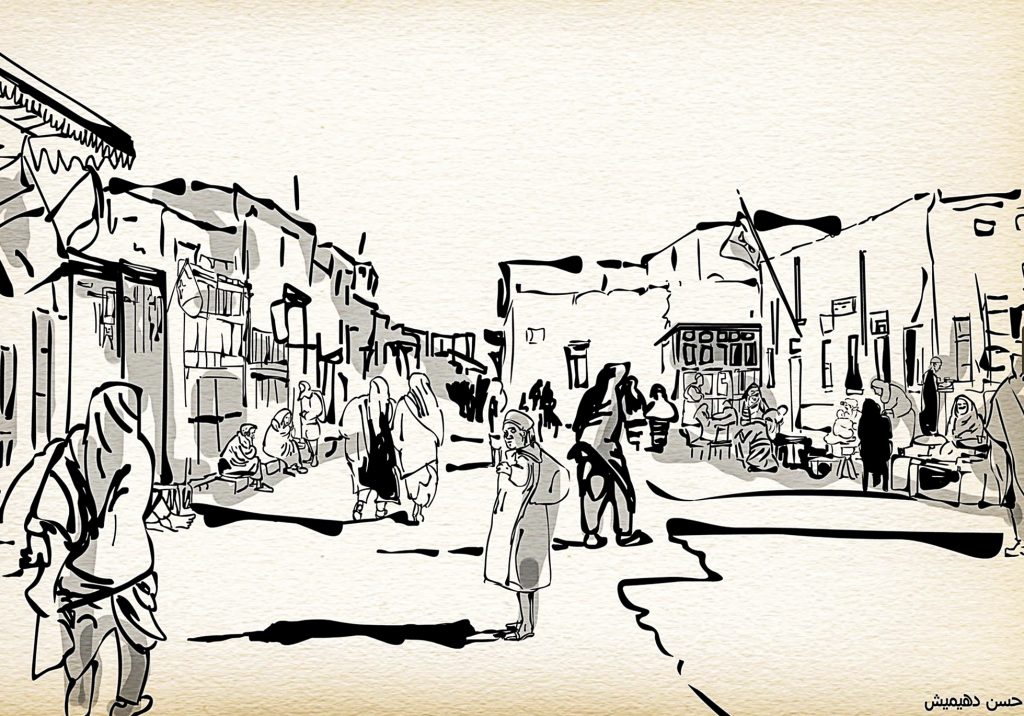
Through his art, he depicted ideas about Libyan cities, neighborhoods, smells, and markets. His son categorized his artwork into two types: satirical and non-satirical. He kept these two styles separate. During the 1990s and early 2000s, Al-Satour used his art as an escape from the constant stream of news he was exposed to through satellite and the internet.
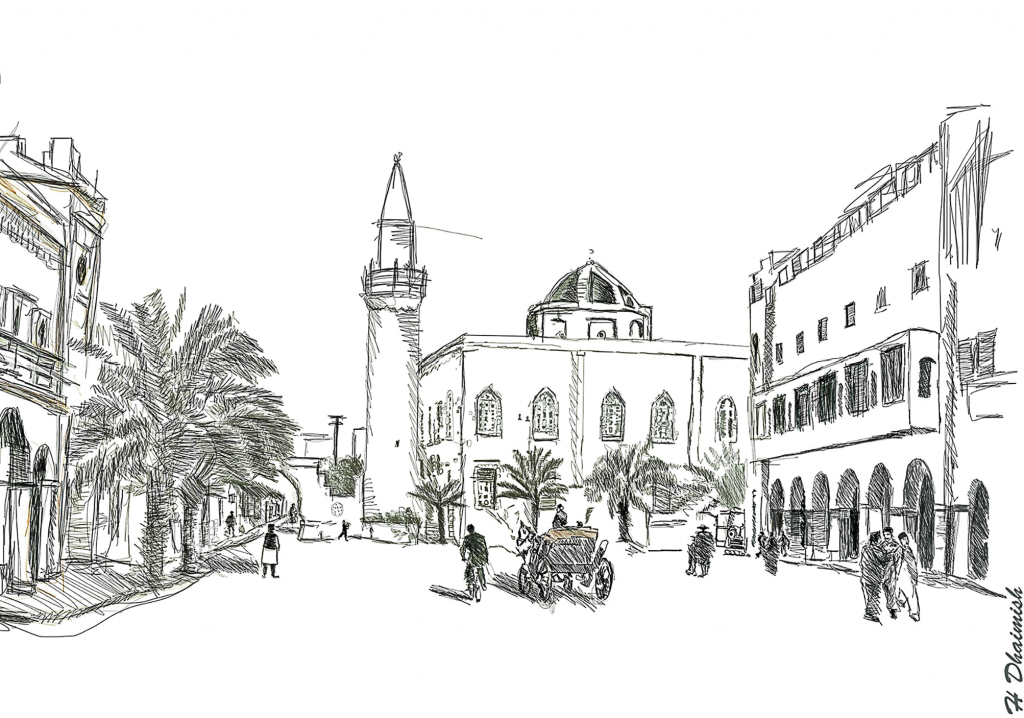
Dhaimish sometimes referred to himself in the third person when discussing his alter ego, Al-Satour. He was aware that his work could be controversial and provocative. His creative practices in painting and satire were deeply rooted in his homeland, Libya. Al-Satour became, over time, a protective shield, and he found different ways to stay connected with Libya even while away. Conveying the negative events happening there was challenging, and the thought of being away from home for an extended period was daunting.
Musical Reflections
However, his move to the UK provided Al-Satour an opportunity to explore and learn about art beyond satire and caricature. Many could see jazz’s influence transitioning into his artwork during this period. He had extensive music knowledge, and many of his friendships in the UK revolved around music. As a result, it played a huge role in his life since his time in Libya.
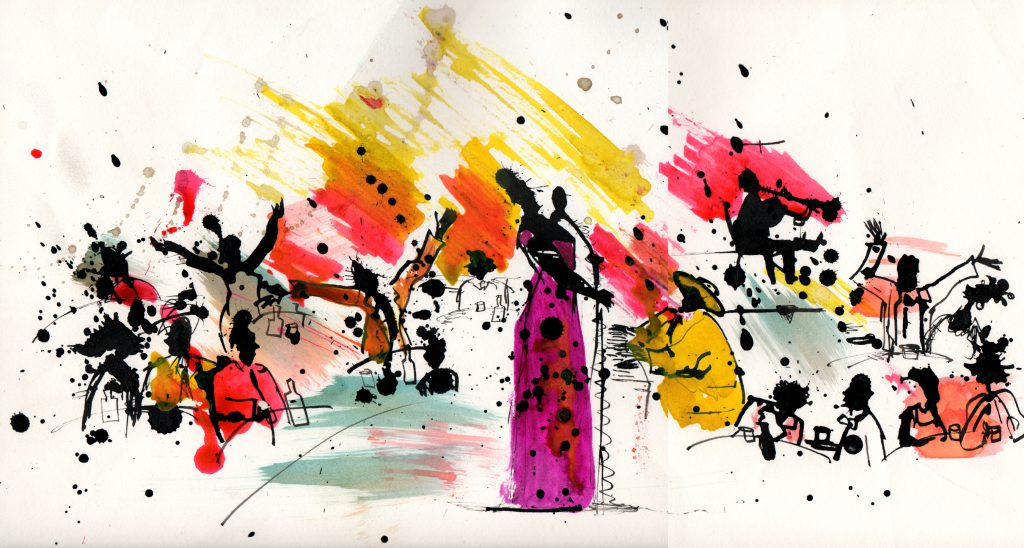
He used this new creative space to paint with beautiful, lively colors, expressing his love for music. These vibrant hues were a stark contrast to the hours he’d previously spent observing negative news. For instance, in the early 2000s, specifically in 2003, the deep pain and emotional aspects of African American culture influenced his work, as did the connection between blues and jazz music he experienced while away from his homeland. Al-Satour loved teaching and sharing his ideas about art and painting.
A Sudden Shift – 2011
Upon the uprisings in Libya in 2011, Al-Satour started working and producing artwork for Libya Al-Ahrar. He wanted people to look at things critically and reflect from their own perspectives. Moreover, Dhaimish tried his best to convey and transfer his work to the generation that had emerged in the political sphere.
Al-Satour saw how being a teacher could influence young Libyans, as they were capable of driving change. He had a lot of faith in young people. Post-2011, he was able to interact with people directly, which was the most rewarding part for him. It was an era when a wall was finally removed between those living in the diaspora and those in Libya. Al-Satour seized that opportunity and found much joy in this newly communicative, enabling environment.
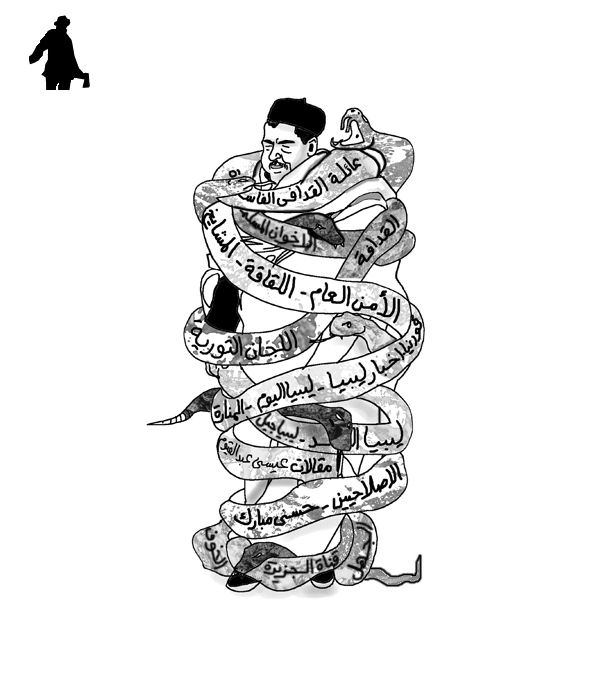
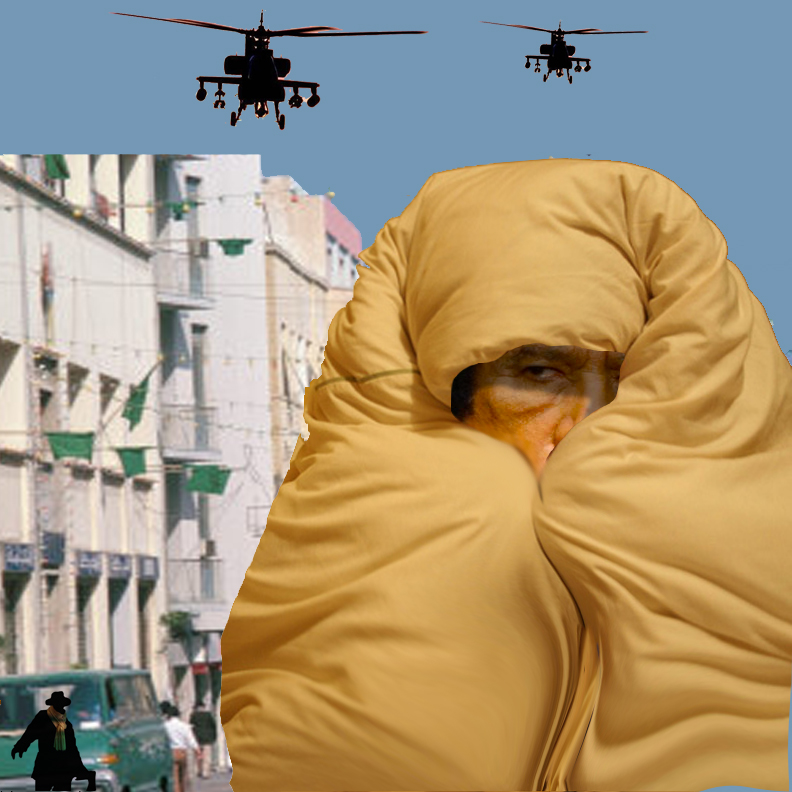
He wished to connect with politically aware people and experience the purity of their activism. His son, Sherif, spoke passionately about how his father longed to visit Libya and walk along its streets. To this day, Al-Satour’s artwork is discussed and shared on social media across age groups, keeping the conversation about his work ongoing.
Regardless of circumstances, he hoped to visit Libya after 2011. He had relocated to Doha, Qatar, and had the opportunity to work for Libya Al-Ahrar. However, after years of living in the diaspora, the situation did not permit him to visit his homeland.
Messages Through Al-Satour
Through the various artworks Al-Satour released, his son Sherif observed two core messages: first, to take pride in one’s origins, as Al-Satour was proud of Libya and reflected it in his work. He wanted people to dissociate their identity from Gaddafi’s repressive rule over the country. The second message conveyed through his art was to think differently, comment on things from your own perspective, and be critical. To be oneself and not be defined by what others want to force upon you.
Unfortunately, Al-Satour did not have many major exhibitions during his lifetime. However, since his passing in 2016, Sherif has been working to showcase his father’s work in exhibitions in the UK. He provided pieces for an exhibition held in Libya by the WaraQ Art Foundation, and others across the UK. Sherif hopes to continue sharing his dad’s work, maintaining his legacy and the lessons he learned from him.
